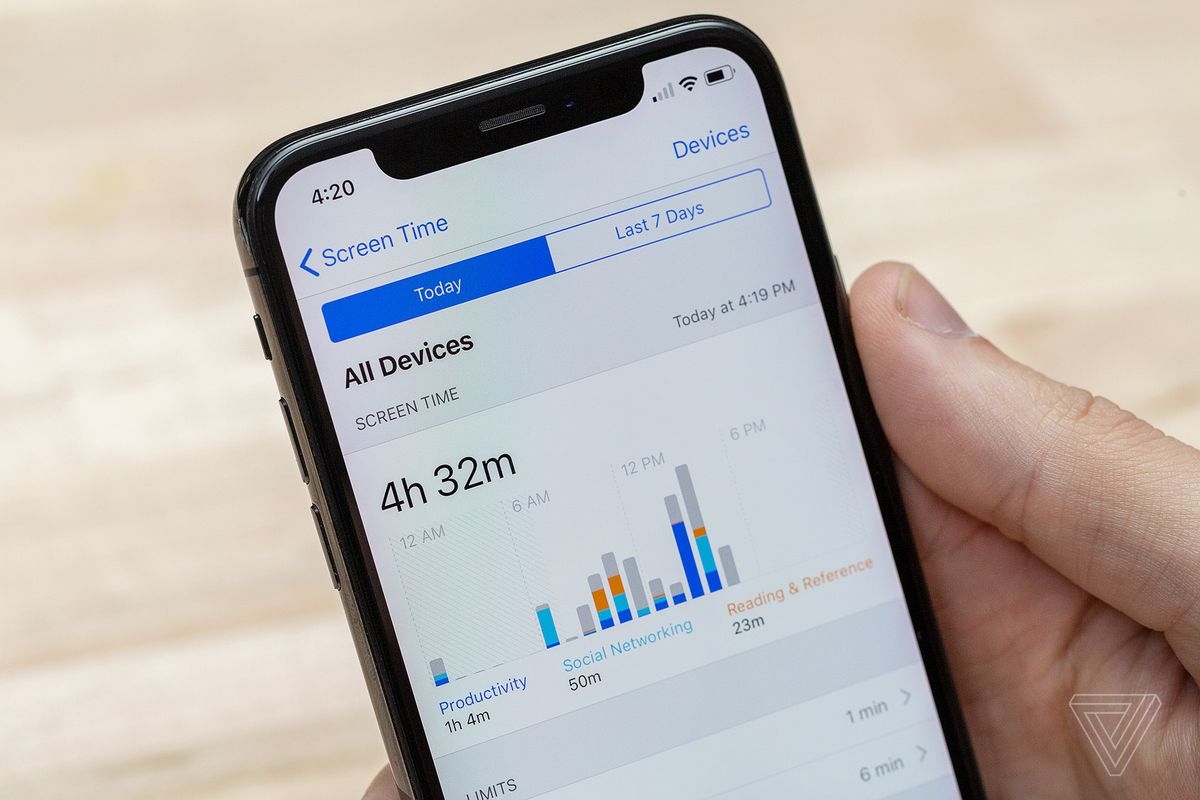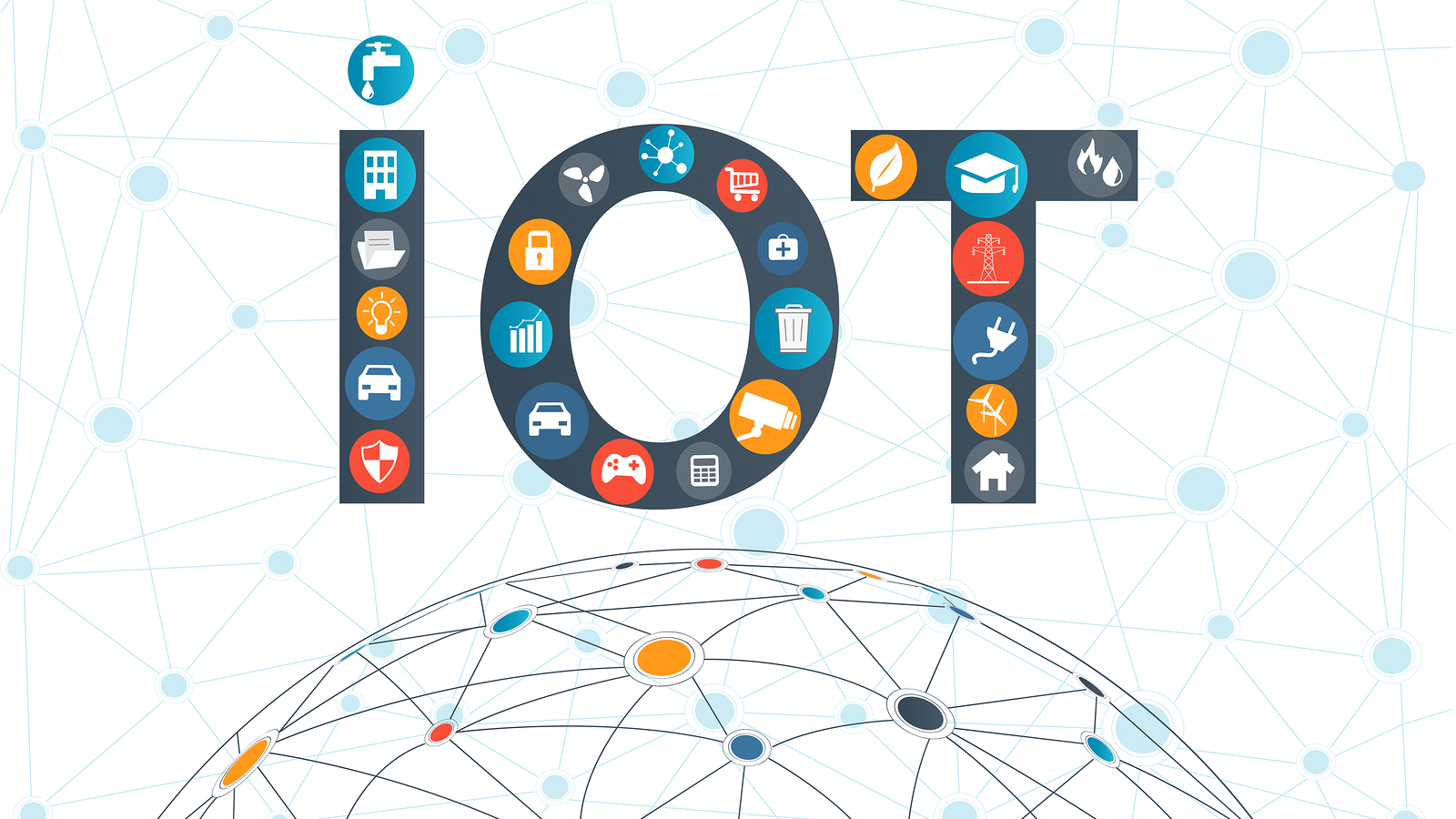The smartphone industry has been continuously increasing over years at tremendous scale . Google’s android and Apple iOS are the two most popular operating system in the industry which together contributing 95 % of the smartphone world .
As it has been seen year by year growth in smartphone industry, so is the demand for mobile application today . Thousand of apps are getting flooded in the app market every day on both Android and iOS platform . Thereby it is important to develop apps that can the ability to stand out in the crowd pool of apps . And in order to achieve it , there is a need of good mobile app development company who are aware of. right sets of tools required for app development .
When it comes to development of apps , there is always a long debate which gets followed in respect to choosing the technology stack . Apps can be either build on Native platform or cross platform . Each of the platforms has their own pros and cons . But since this article is about cross platform app development , we are limiting our discussion to cross platform app development only .
Also Read : Which Apps Suits You Best : Hybrid VS Native ?
When it comes to cross platform app development these are lots of different spices available in the market such as Ionic app development , PhoneGap app development , React Native app development , Xamarin app development and so on . An app is said to be cross platform app when. developer has to right a single code for the application which works across both Android and iOS and other operating system as well such as Windows .
While talking about native , each platform has their own specific sets of developers , who have to write code individually for each platform , which usually takes longer time .
We although has a long discussion but question remains the same : React Native Or Xamarin ?
Introduction To React Native And Xamarin
React native is a cross platform development tools that allows use of Javascript , but Xamarin uses C# for designing awesome user interfaces . The big app examples of React natives apps are facebook , Instagram , Airbnb , while Slack and Pinterest are developed on Xamarin .
One of the best thing why more person are preferring React Native is that it is a free tool for building any kind of application , while on the other hand Xamarin does not offers a lot on free module specially if you’re designing for big purposes .
Comparison Between React Native And Xamarin
# Developmental Comparison
As we are aware that both Xamarin and React Native are open source framework but the development platform is completely different for both of them .
Xamarin development requires configuration of Microsoft’s Visual Studio which in turn contain the tools for generating Android SDK . For iOS , Xcode is required which is only available for Mac .
In React Native , developer needs to install Node together with Atom and visual studio to write javascript code
# Performance Comparison
Xamarin performs higher on both 32-bit an 64-bit mode which aids developer in designing fastest UI use native tools directly .
On the other hand React Native is presently not capable of delivering 64-bit mode on android , and thereby does not gives good result on both Android and iOS platform , but it does have an option to cushion design the UI using native widgets .
# Complexity Of Code
# Speed And Time For Development
# Debugging
When talking about Xamarin , debugging is a simple process and can be done in the same way as that of a .NET application using Visual Studio , which thereby contributes to positive aspects for Xamarin .
When it comes to debugging in React Native , it can be done in similar way as debugging in web applications. You can either take advantage of chrome developer tool or any other third party debug tools.




